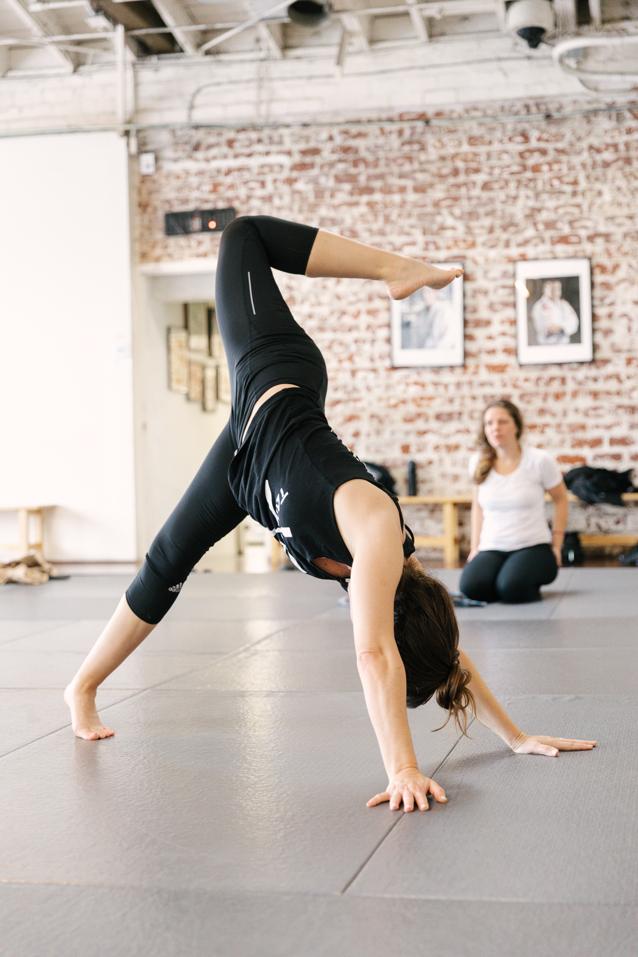 Sedentary lifestyle decreases motivation. Sedentary derives from the Latin root sedere, which means “to sit.” There are mechanical, neural, and chemical reasons that sitting decreases motivation. This article discusses a chemical input for sitting-induced decreases in motivation, and then proposes a known solution for increasing motivation by dosing mobility.When you sit for extended periods of time, muscles turn off due to lack of necessity. The brain abhors waste, so it conserves energy whenever possible. When the brain detects muscles are not needed, it decreases muscle activation. We experience this in terms of lower energy levels, but decreased energy is not the same as decreased motivation. Understanding this requires a bit of science.Sitting reduces mobility. When you lose mobility you have, the brain blunts your awareness of options to move into an area where you are restricted or tight. This is a known phenomenon called the perception-action cycle (Tran, Smith, & Buschkeuhl, 2017). Imagine that your body is tight after a 17-hour flight from Miami to Johannesburg. 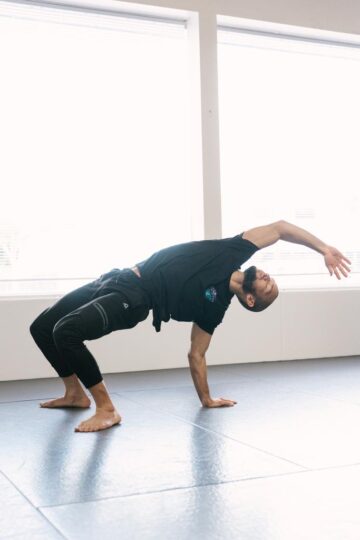 You land and walk down the jet bridge, bumping into unmoving walls, fumbling with an easy backpack, and tripping over an entirely flat surface. The tightness of your long-haul has led to diminished mobility. To protect against injuring yourself, your brain has reduced tens of thousands of unconscious micro-decisions while walking, leading decreased perception of options to move, which you experience as uncoordination. As all that you did in flight was watch movies and sleep, why do you arrive at the hotel with no motivation to explore the city that afternoon?Renowned neuroscientist Karl Friston, the physicist responsible for 90% of brain imaging technology, presented motivation as an index for reduced uncertainty (Friston, 2023). What do we do every day that increases uncertainty? We sit for hours scraping with our thumbs on a glass screen or rhythmically banging plastic buttons staring at a window of dancing lights. 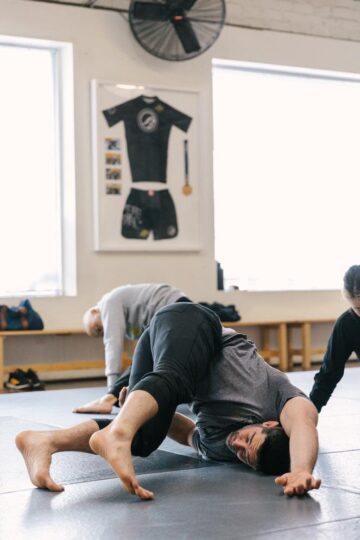 Your body grows tight, and your brain knows how dangerous this is. If you are immobile, your brain chemically signals unreadiness for action. Blunted of options to move, it knows that difficult actions will likely lead to injury, so it reduces motivation by decreasing dopamine levels. Imagine being tight, and you need to dodge cars running across a busy 8 lane highway. You will strongly lack the motivation to endanger yourself because your brain detects your immobility. Fortunately, the reverse is also true.Increasing mobility switches off the blunted perception-action loop, which increases your brain’s ability to forecast your potential actions with relative certainty. With the ability to predict energy and output estimates, your brain feels more confident in your ability to handle tasks, including recreational activities, like biking, jiujitsu, hiking, playing with your dog or gardening. Restoring mobility increases motivation. Much like my grandmother used to say: “the appetite comes with the appetizer.” A little movement expands the perception-action loop, increasing motivation. 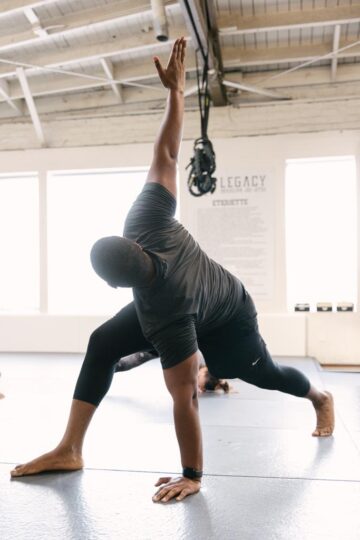 Maybe that is all that you do for the day, just a few minutes of mobility. Not only will you feel better for the rest of your day, making everything feel easier and more engaging, but the next day, around a half hour before the time the day before when you did your mobility, your brain will start dripping a little dopamine in anticipation of that mobility. Motivation begins to build in drips and drabs, and every day, reinforces a little more until it becomes a habit.One day, you may have so much motivation that you may even feel like skipping the mobility and getting right to intense physical exercise. However, strength training increases muscle, but only to move in the direction you trained it. Strength training eventually makes you less mobile. 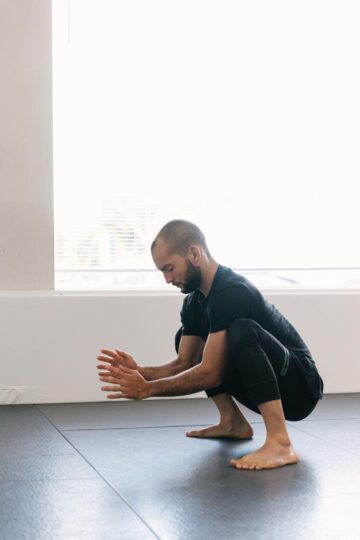 Skip mobility for a few days, and you again lose motivation to train outside of the ranges you strength train. You take fewer risks with new activities. Then, you end up getting injured by over-training those strengths. Never skip your mobility, even if only 5-10 repetitions outside of your strength training ranges for a safety valve to protect your motivation levels.In modern, sedentary lifestyles, we will lack motivation to move because we have become tight. Drip some mobility and motivation builds. Practiced a little each day, and a habit form where motivation increases before your time to move. Once you start exercising again, no matter how much motivation you have, never skip your mobility, even it is only five to ten repetitions outside the ranges of those you exercise .REFERENCES Friston, K. (2022, October 20). The Dr. Jordan Peterson Podcast: Perception: Chaos and order | Dr. Karl Friston | EP 298. [Video]. YouTube. https://www.youtube.com/watch?v=feS1zuKz2N8 Tran, C., Smith, B., & Buschkeuhl, M. (2017). Support of mathematical thinking through embodied cognition: Nondigital and digital approaches. Cognitive Research: Principles and Implications 2(16). https://doi.org/10.1186/s41235-017-0053-8 | OK |
